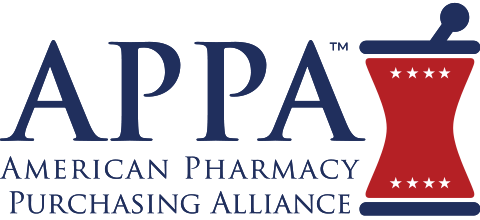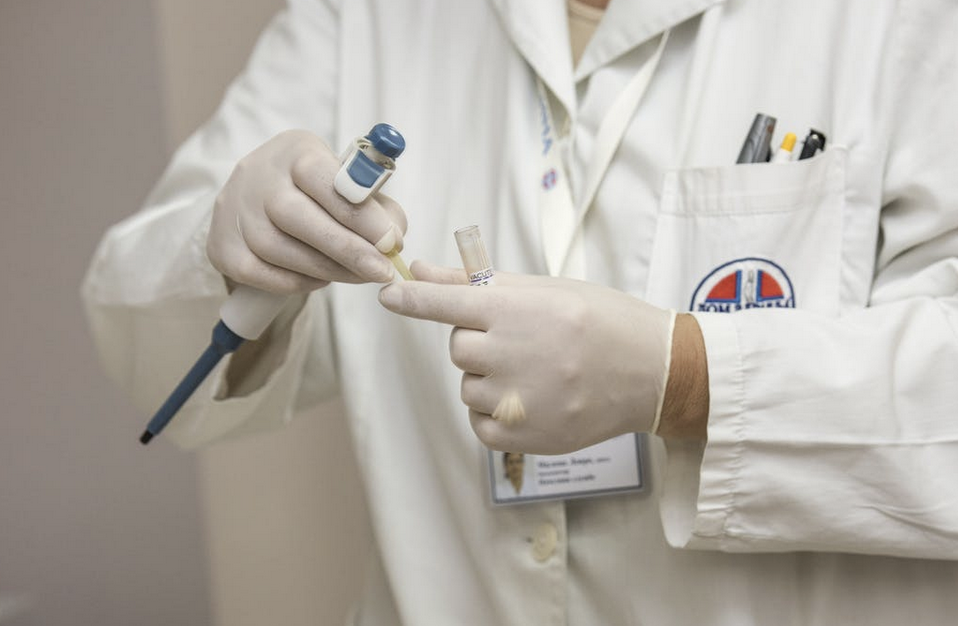Disease management aims to prevent or minimize the effects of a disease through integrated care. This involves disease management programs that are designed to improve the quality of life and health of persons with chronic conditions and to reduce healthcare costs associated with complications that are completely avoidable.
The idea is to treat chronic conditions more quickly and more effectively so disease progression can be slowed down.
Disease management uses a system of coordinated health-care interventions and one that empowers individuals to work with different health care providers to prevent complications and manage the disease. It operates on the basis that educated individuals are better able to manage their disorder because they know where to seek and receive better care.
A comprehensive disease management program comes with more benefits.
- Improve access to care
- Improve patient self-management
- Improve safety and quality of care
- Save patients from high financial costs without sacrificing quality or patient satisfaction
Furthermore, it enhances the efforts of healthcare providers to improve the healthcare programs offered on a population basis. Care coordination is one of the primary concerns of these providers and an integrated multidisciplinary disease management program is the solution.
One of the members of the multidisciplinary team of providers are pharmacists who play a role in assisting individuals in managing their conditions.
What is their role in disease management programs exactly?
Pharmacists in Disease Management Programs
A pharmacist deals with both patients and health care providers, making them a link between the two even when the interaction is not linear.
Trained pharmacists, for example, can evaluate medication therapies and identify drug-related problems, enabling them to help patients manage these problems.
On the other end of the spectrum, a pharmacist can educate physicians about treatment guidelines based on outcomes research conducted.
This is why pharmacists have a significant impact on the development and implementation of disease management programs. Whenever improvements are needed, they can also provide expert information, especially on medications and pharmacotherapy.
In a published study entitled Pharmacist-Led Chronic Disease Management: A Systematic Review of Effectiveness and Harms Compared to Usual Care, increased involvement of clinical pharmacists are encouraged.
It is believed that their role in patient care will enable patients to have access to primary care services and improved health care.
This was backed by the H.R.592 – Pharmacy and Medically Underserved Areas Enhancement Act that was recently introduced in House. The bill aims to improve access to health care through the patient care services offered by pharmacists.
It will also help established two things:
- Pharmacists as healthcare providers
- Pharmacists’ services covered through Medicare part B, especially in medically underserved communities.
It is clear that pharmacists must be involved in disease management programs. Their involvement varies depending on each practice setting.
- Assists in the identification of patients
- Conduct monitoring for specific diseases
- Provide patient education
- Provide direct patient care
- Help ensure medication adherence
- Help reduce inappropriate medication use
- Evaluate disease management program outcomes
Different Pharmacist Interaction with Patients with Different Diseases
Depression
According to the US Preventive Services Task Force’s (USPSTF), screening for depression can help reduce or eliminate depression symptoms, something that pharmacists can help with.
As a member of a collaborative care team, a pharmacist can:
- Carry out depression screening services.
- Monitor patients who are predisposed to depression symptoms because of their medication regimens.
- Educate and communicate with patients in print or verbally.
- Identify symptoms of depression in patients who avoid seeking medical help because of the social stigma of mental health issues and then extend support.
- Make themselves accessible for advice on health care and depression medication and adherence.
Diabetes
Blood glucose testing and other routine and simple tests are offered in pharmacies. For diabetes patients who do not have an established relationship with a primary care physician, this option provides a more accessible and less-expensive alternative.
These tests are then used by pharmacists to identify those with potential diagnosis and to help them find appropriate medical attention. As the most accessible healthcare provider, pharmacists are key in the betterment of diabetes patients’ health.
- Educate patients about the disease through educational programs often carried out in a less formal setting.
- Educate patients on how to use blood glucose monitor equipment at home.
- Regularly monitor glucose levels both self-tested and laboratory tested.
- Monitor patient compliance with scheduled clinic and laboratory appointments and prescribed therapies.
- Provide medication management and review.
- Screen for interactions and infrastructure actions for drug/drug, drug/food, drug/lab and drug/disease.
Asthma
Pharmacists not only provide asthma patients with the medication they need but also valuable resources to help them understand pharmacological agents for treating and managing their disease.
Their knowledge about the disease and recommended medication are valuable and beneficial to patients. Recent studies show that increased awareness about asthma reduced the numbers of asthma-related missed days at school and work, hospitalizations, emergency department visits, and deaths.
- Educate patients about the proper use of inhalation devices, especially those that are overwhelmed with diagnosis and treatment plans.
- Provide educational programs with an emphasis on warning signs of asthma attacks, triggers, and patient adherence.
- Conduct a periodic review of the kind of inhaler technique patients’ use.
- Regularly monitor peak-flow function tests.
- Ensure compliance assistance and manage chronic medication use.
Hypertension and Cholesterol
When the American Heart Association released its new guidelines that specify 130/80 is the new high, many people found themselves with high blood pressure. This added 30 million people to the nearly half of Americans that have hypertension.
While the new guidelines spelled bad news for patients, it offers independent community pharmacies an opportunity to further serve them and boost business at the same time.
- Offer patients blood pressure screenings.
- Assist with medication adherence and prescription management.
- Assist patients with smoking cessation program.
- Educate patients about hypertension and cholesterol, their effect on life and health, and the common comorbidities and conditions.
- Monitor compliance with diet and exercise regimens.
- Perform periodic blood pressure and cholesterol level checks.
- Screen for interactions and infrastructure actions for drug/drug, drug/food, drug/lab and drug/disease.
Conclusion
Disease management programs are an opportunity to improve patient outcomes. But it can only be achieved with complete commitment from the members of the multidisciplinary team. In terms of collaborative development and the implementation and improvement of disease management programs, the pharmacist has the leadership role.
Submitted by Prestige Pharmacy | Michigan
Sources:
http://www.amcp.org/WorkArea/DownloadAsset.aspx?id=9295
https://www.ncbi.nlm.nih.gov/books/NBK362935/
https://www.congress.gov/bill/115th-congress/house-bill/592
https://www.pharmacytimes.com/publications/issue/2014/april2014/managing-asthma-the-pharmacists-role

